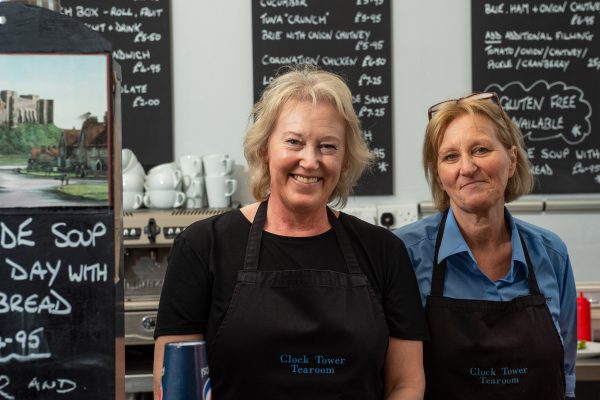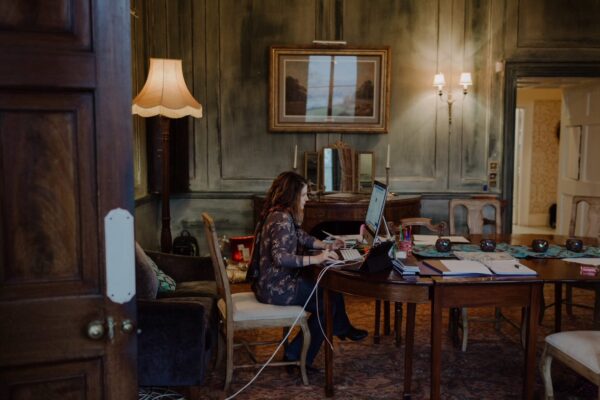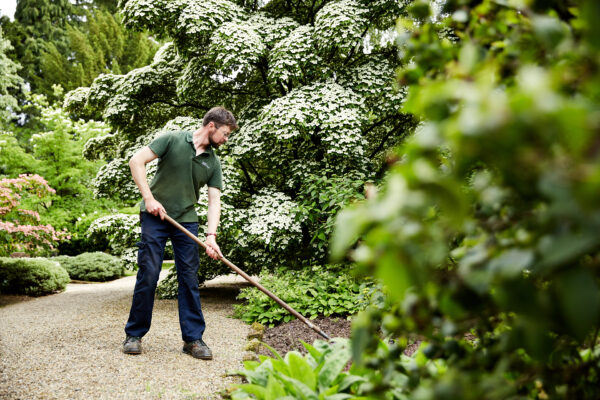Jobs matter
Historic houses and gardens employ more people now than at any time in history. They're vital drivers of their local economies.
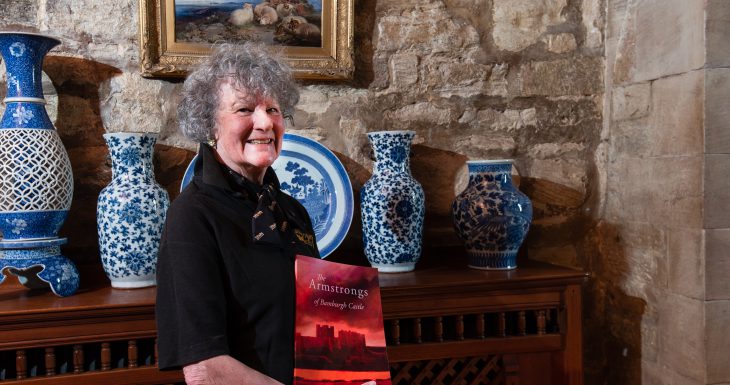
Today, washed-out laundry maids and overlooked under-butlers are, thankfully, a thing of the past; life for the two million or so Britons in domestic service in the early twentieth century was often not a pleasant one.
But that doesn’t mean our great historic houses don’t still employ armies of people; in fact they provide work for more people than during the heyday of Edwardian service culture with which programmes like Downton Abbey have made us familiar.
The contrast in what people do in historic houses now is as startling as the numbers employed. At Alnwick, broomstick flying trainers and costumed medieval tour guides have replaced footmen and valets.
Holkham Hall employed fifty staff to look after the Earl of Leicester’s household in the Edwardian period; today the house and in-hand estate has a workforce of 260 (plus more than fifty seasonal workers taken on each summer), of which only three work in private service for the family. The rest have titles like ‘Learning and Engagement Gardener,’ ‘Café Manager,’ ‘Wedding & Events Planner,’ ‘Senior Sales Advisor,’ and ‘Management Accountant.’
At Blenheim the ninety servants employed – indoors and out – at the time Winston Churchill was born there, in the 1870s, have been replaced by a team of 403 (404 if you include ‘Betty’ the robot guide). Special events support a further 1,500 jobs in the surrounding area.
Between them historic houses generate
32,450
21,200,000
£1.3 billion
Between them, Historic Houses member properties generate over 32,000 full-time equivalent jobs and turn over around £640 million a year. Around 70% of staff and 45% of spend is classified as local. The bulk of this shift is recent. Just 25 years ago, 75% of Holkham’s income came from land; today 55% comes from leisure and tourism. It’s a typical picture across our member places, all of which are constantly adapting.
Tourism is the UK’s fifth biggest industry in terms of GDP contribution, and is the fastest growing sector in the UK in employment terms. Heritage is the product that makes our tourism industry so successful, and historic houses lead the way in attracting millions of visitors to rural Britain.
81% of inbound tourists state that visiting historic houses and castles are the reason that they come to the UK, and 63% of domestic travellers cited being able to visit a historic building or monument as their ‘sole reason’ or a ‘very important reason’ for their holiday.
Historic Houses places are the bedrock of this booming tourism industry. Between them, the historic houses, castles and gardens we represent attract over 21 million visits each year, which generates around £1.3 billion in visitor spend.
All of this tourism activity at Historic Houses places generates tens of thousands of jobs across rural Britain, as well as supporting thousands of local businesses in the supply chain, and creating a strong sense of place in local communities.
We recognise that heritage could contribute even more to UK GDP if given the right conditions, and work closely with networks such as the Tourism Alliance to improve the business conditions for heritage tourism – such as addressing rural transport and digital infrastructure barriers.
curator
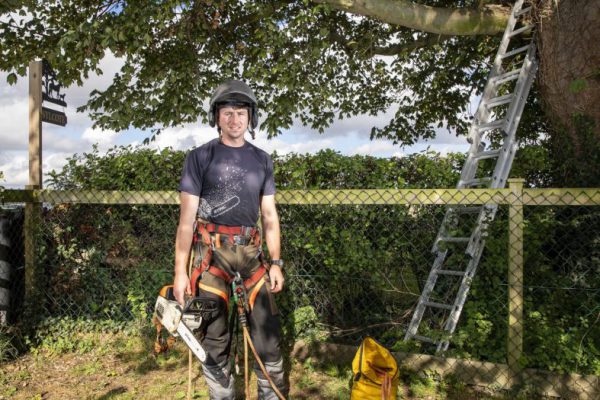
High Ground: helping veterans gain employment
Thanks to funding from The Royal Foundation, Tim Lever is joining Team HighGround in January 2021 as its first Rural Employment Manager. The Charity helps service leavers and veterans find jobs, careers and vocational occupation in the land-based sector.

